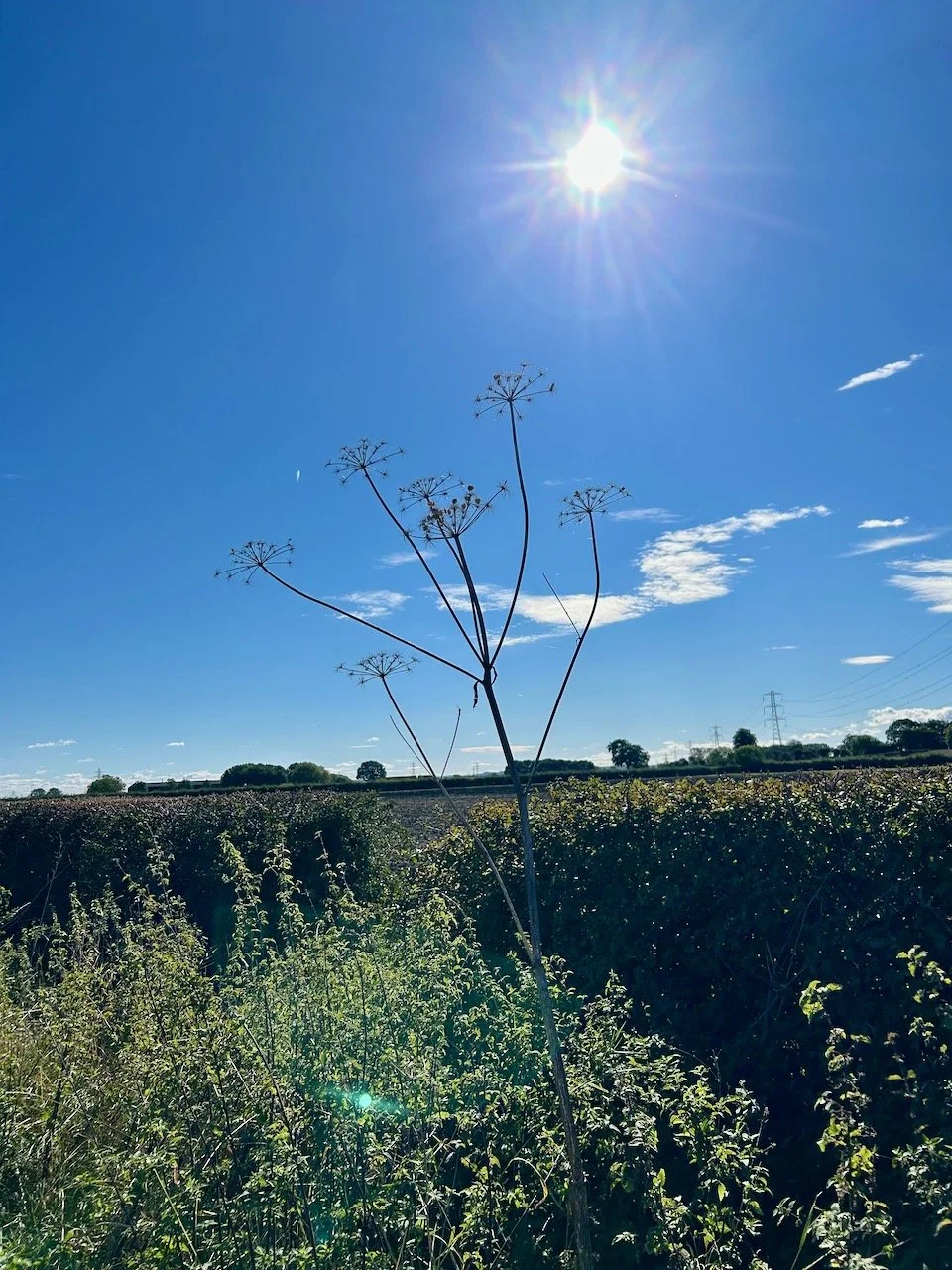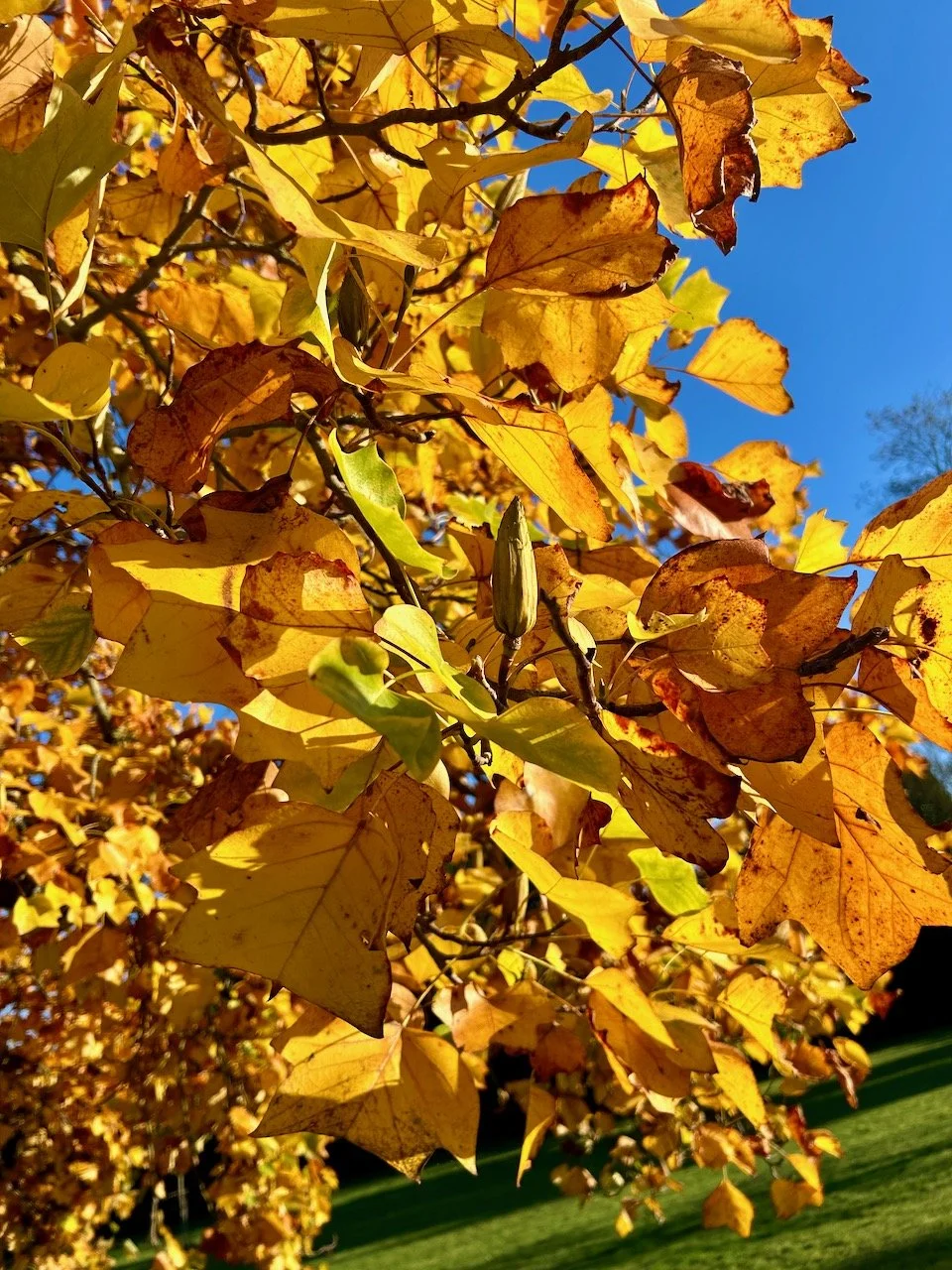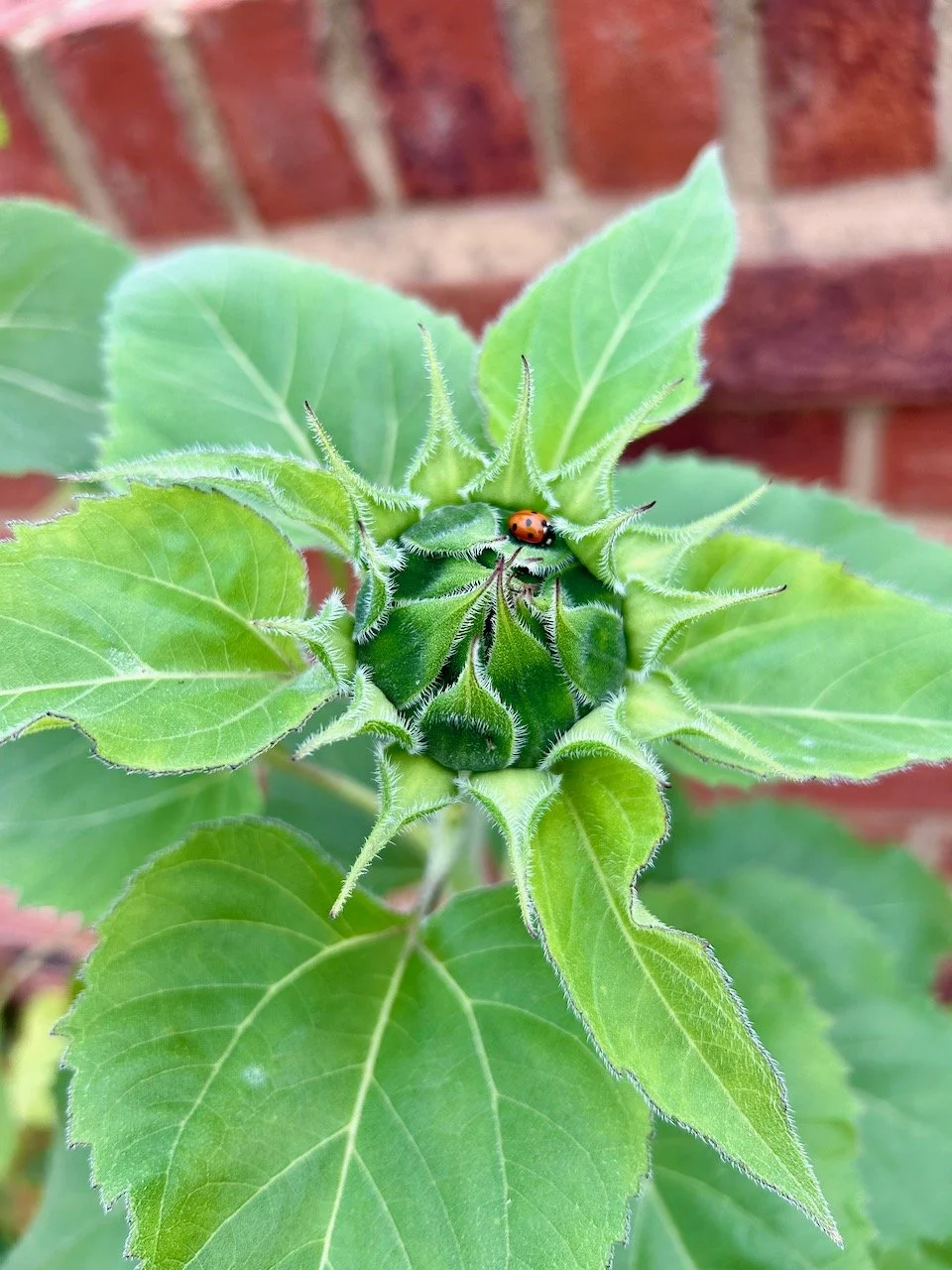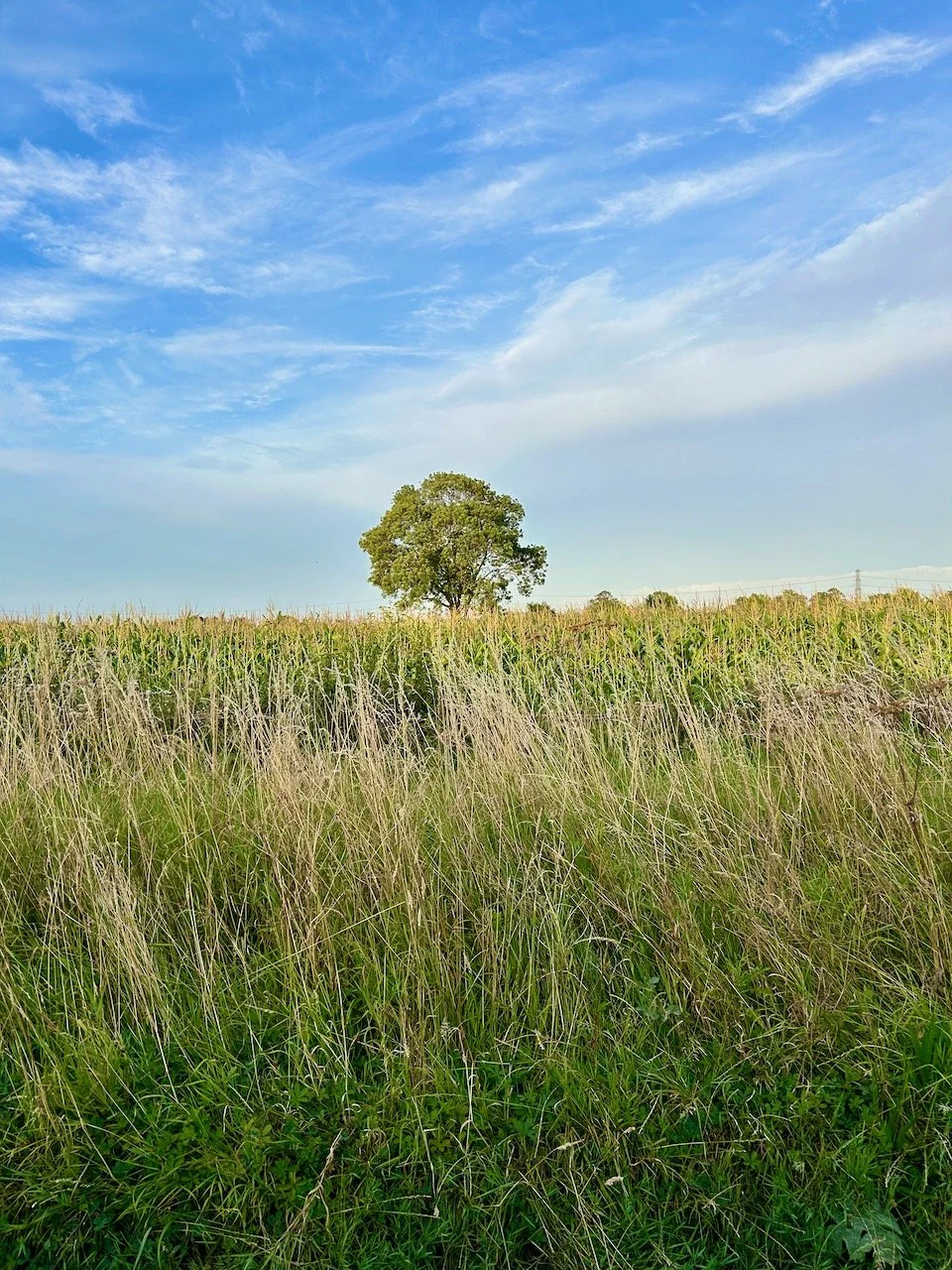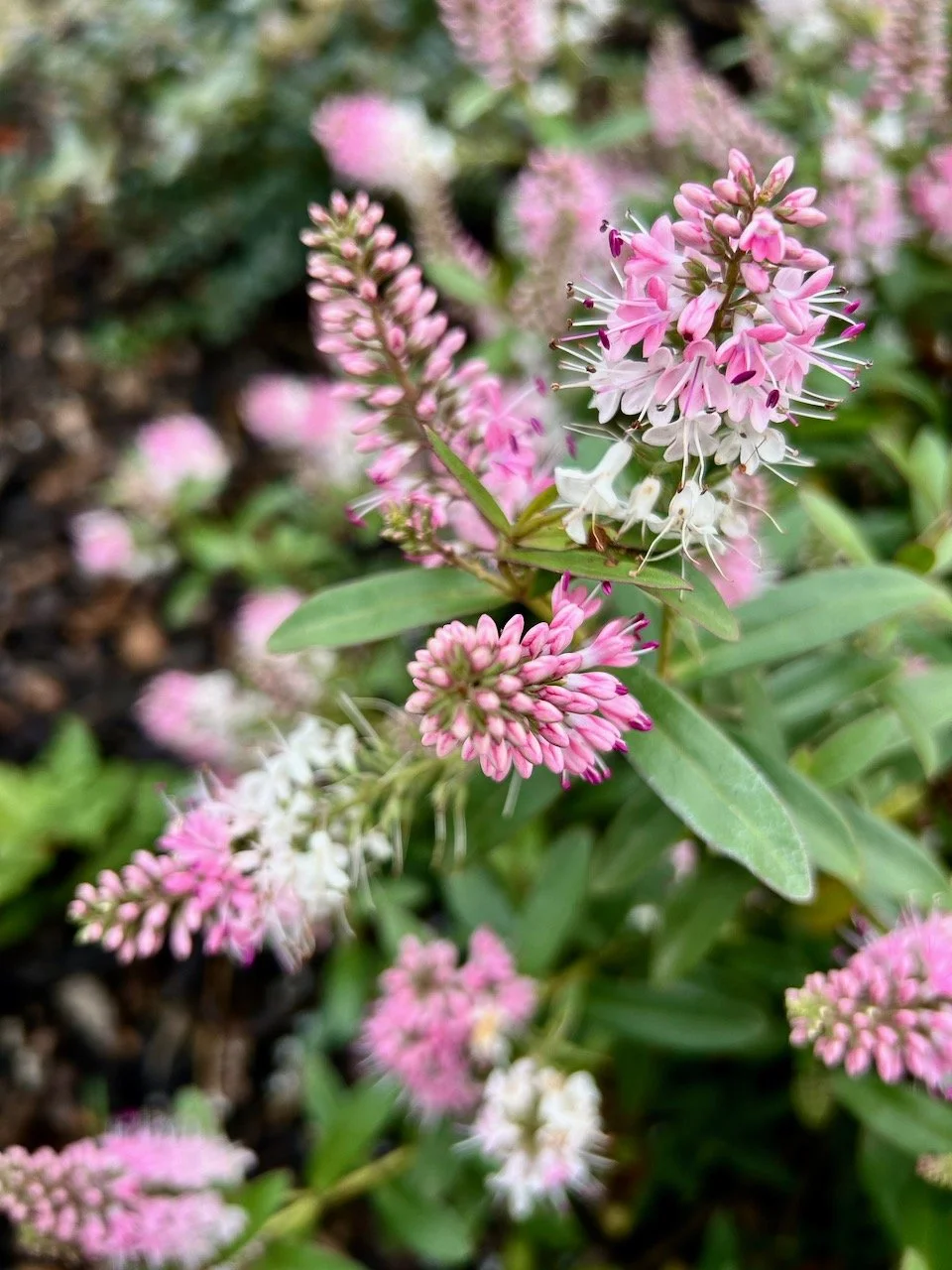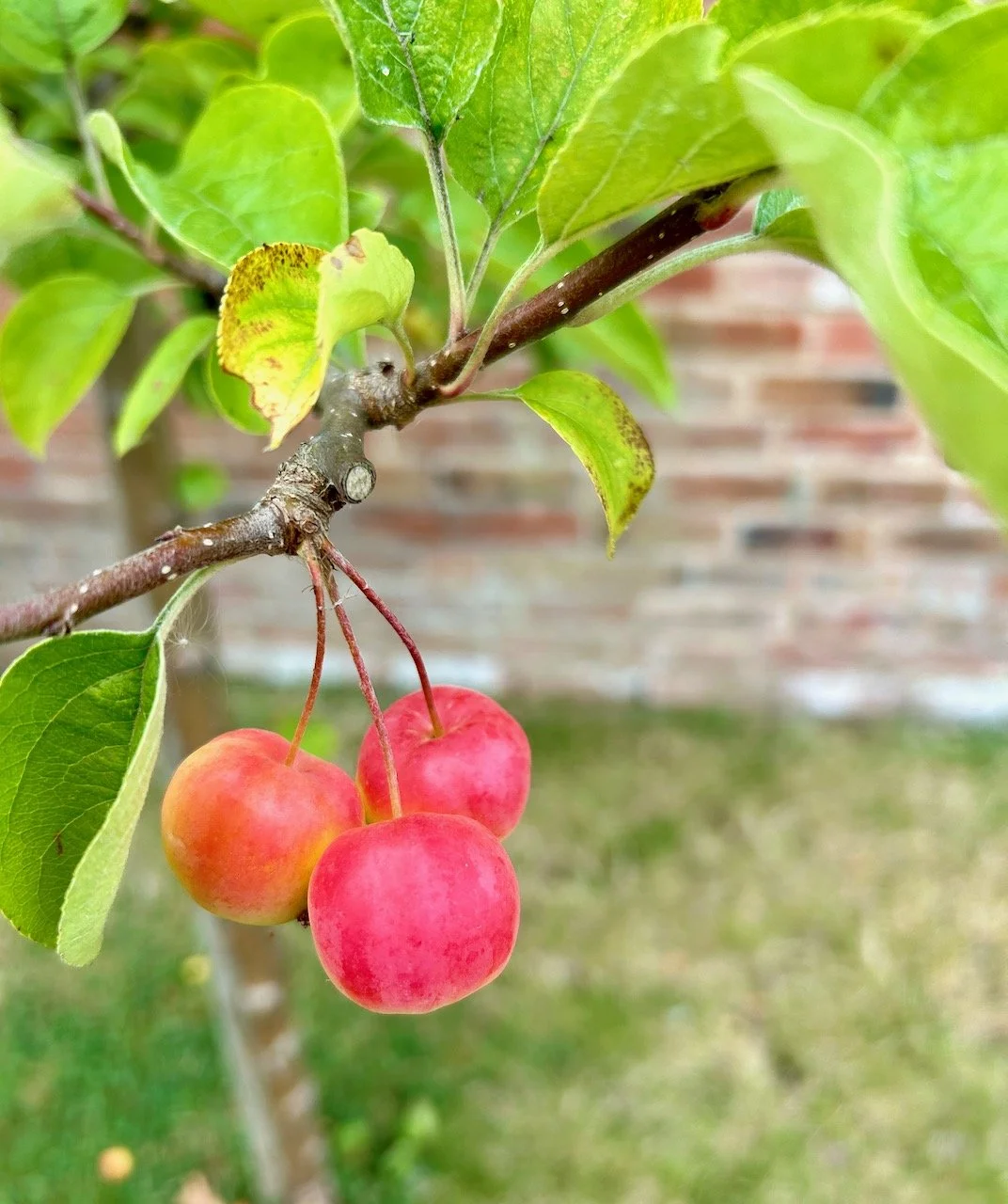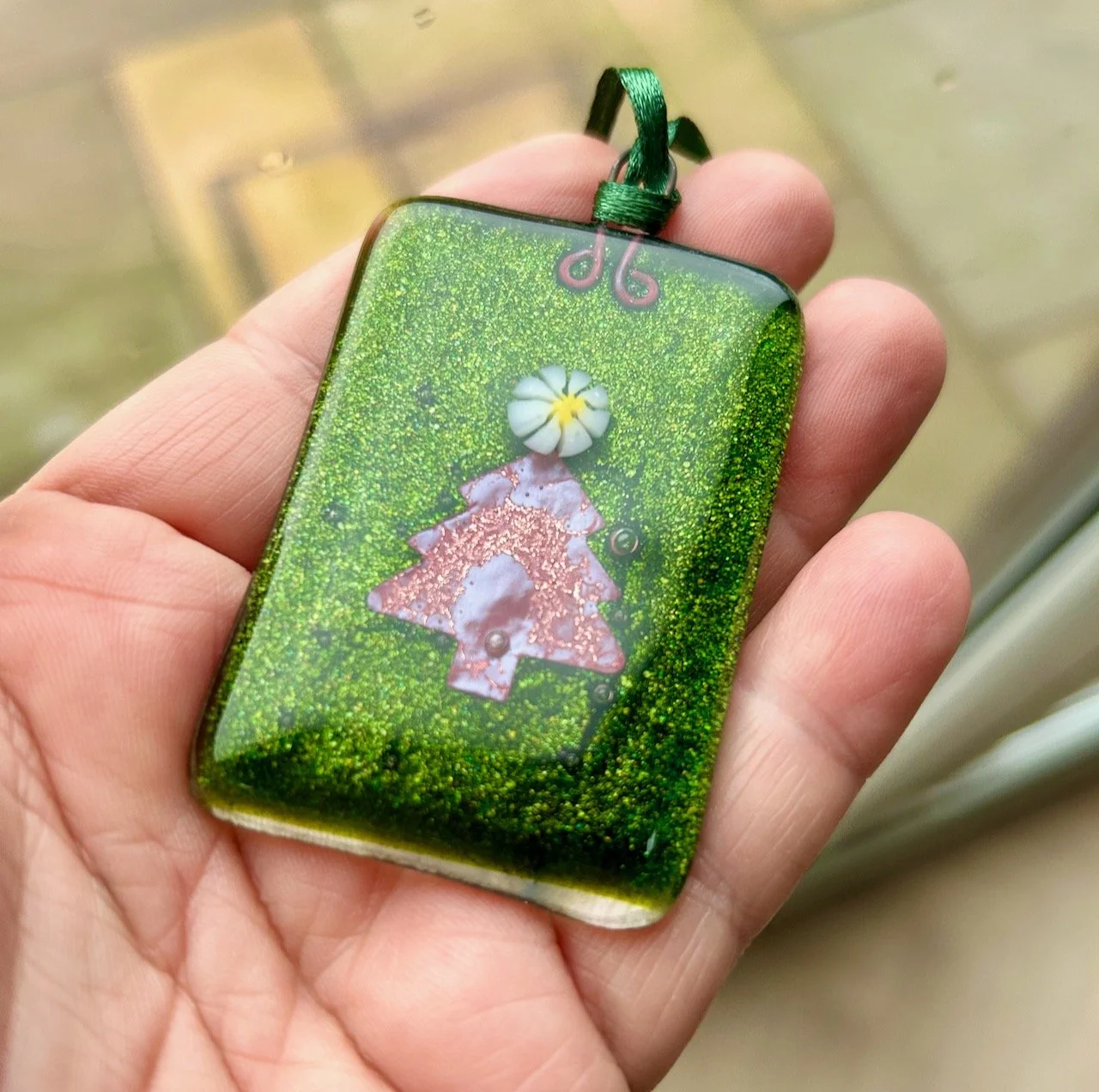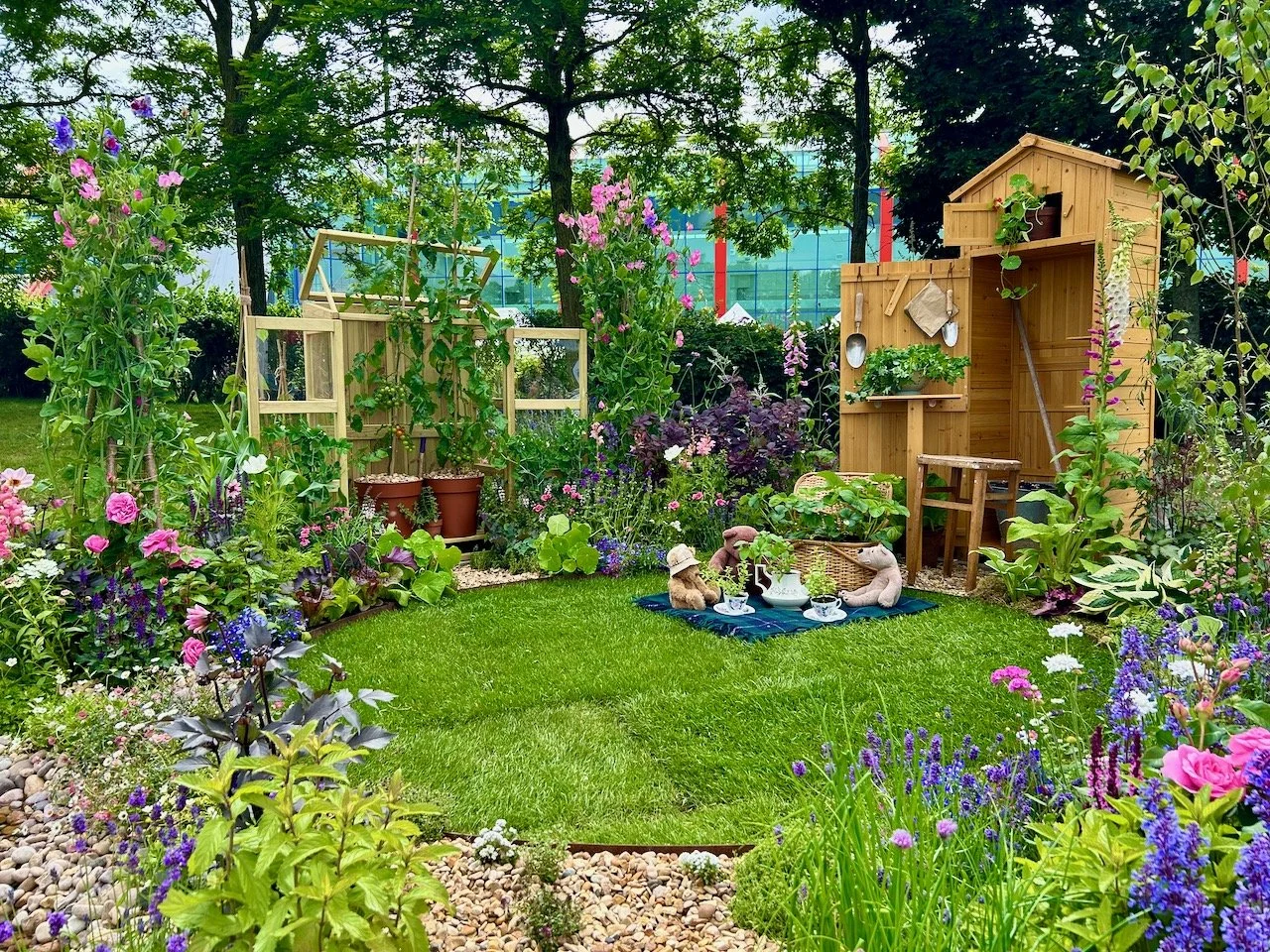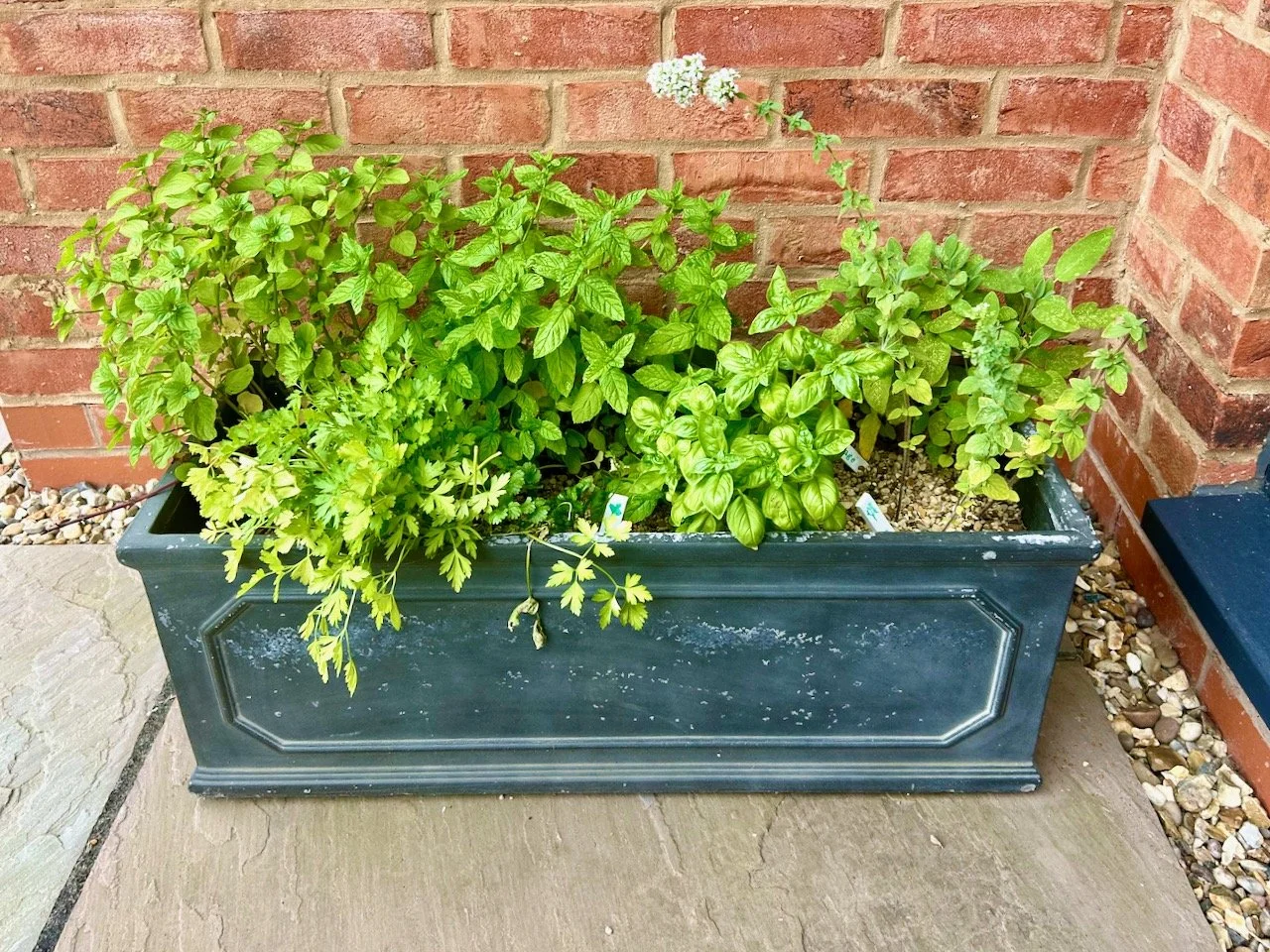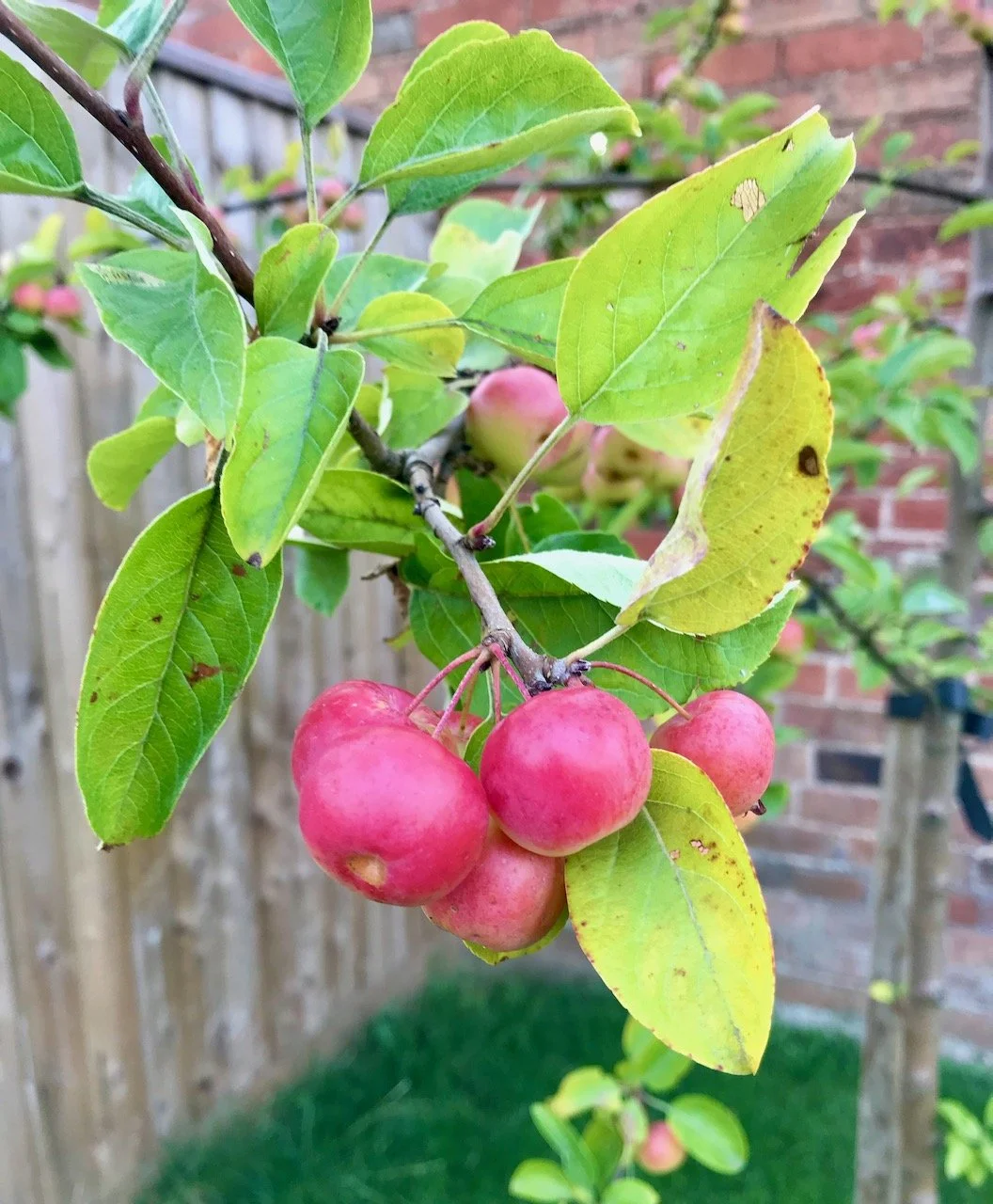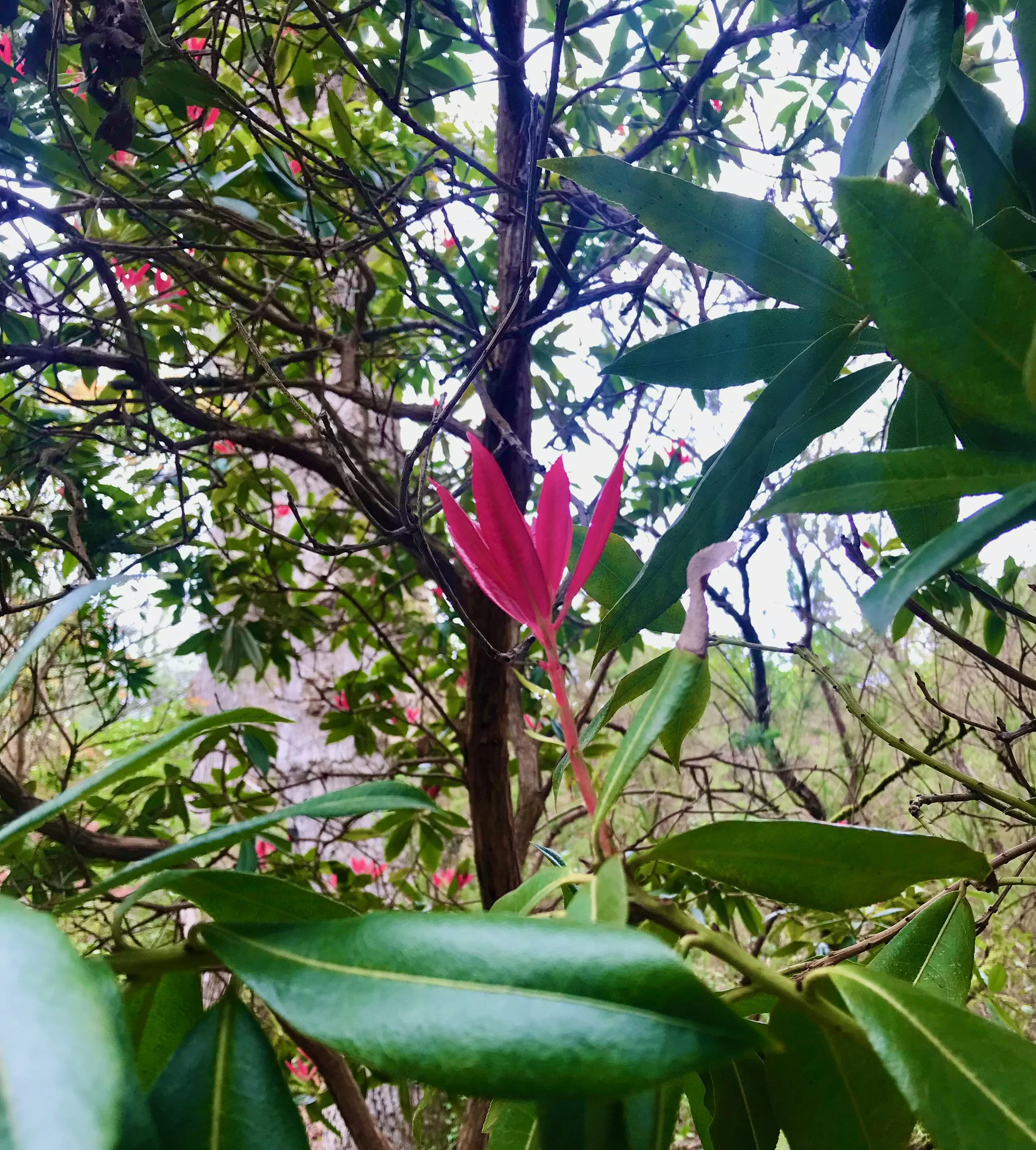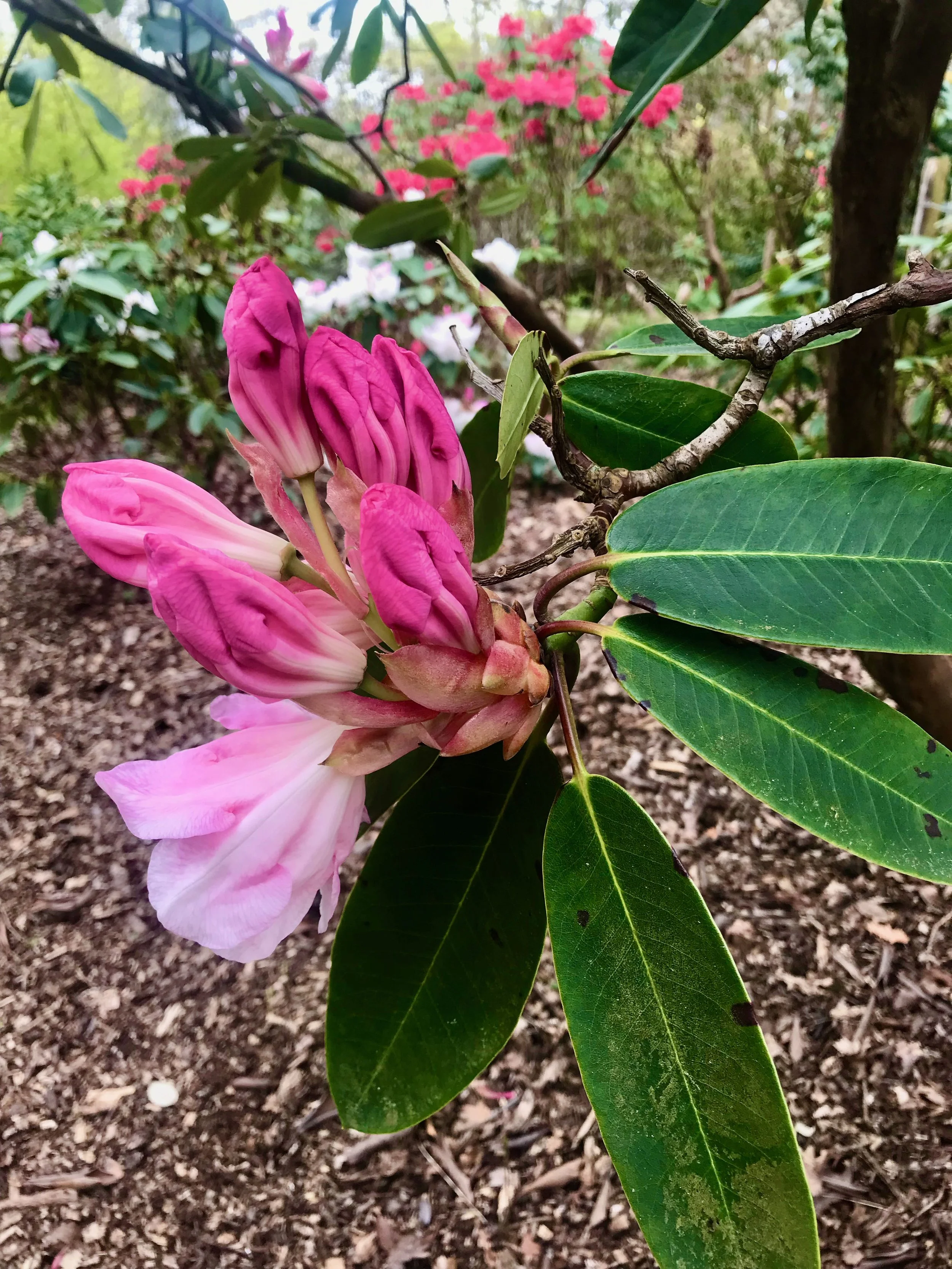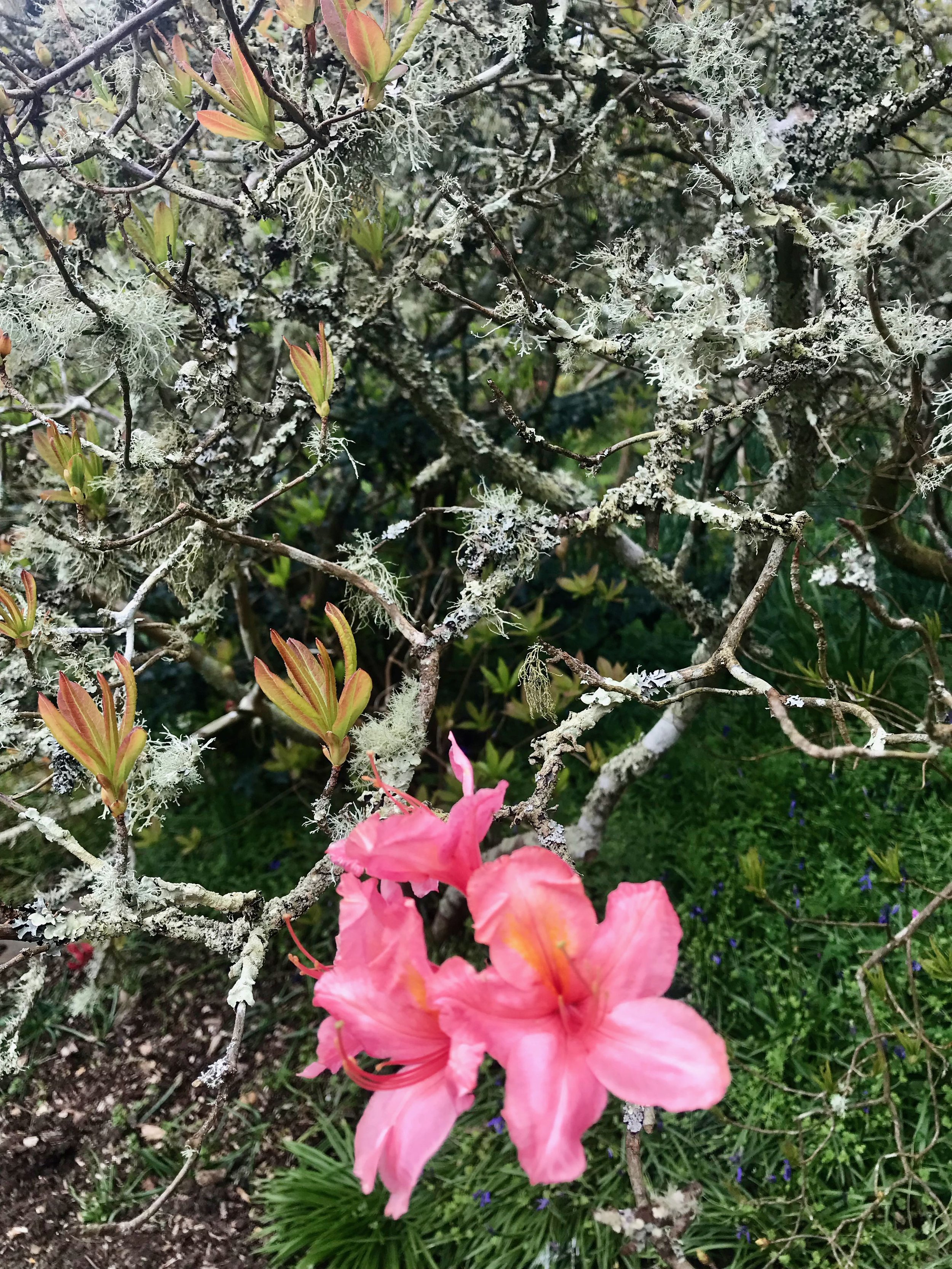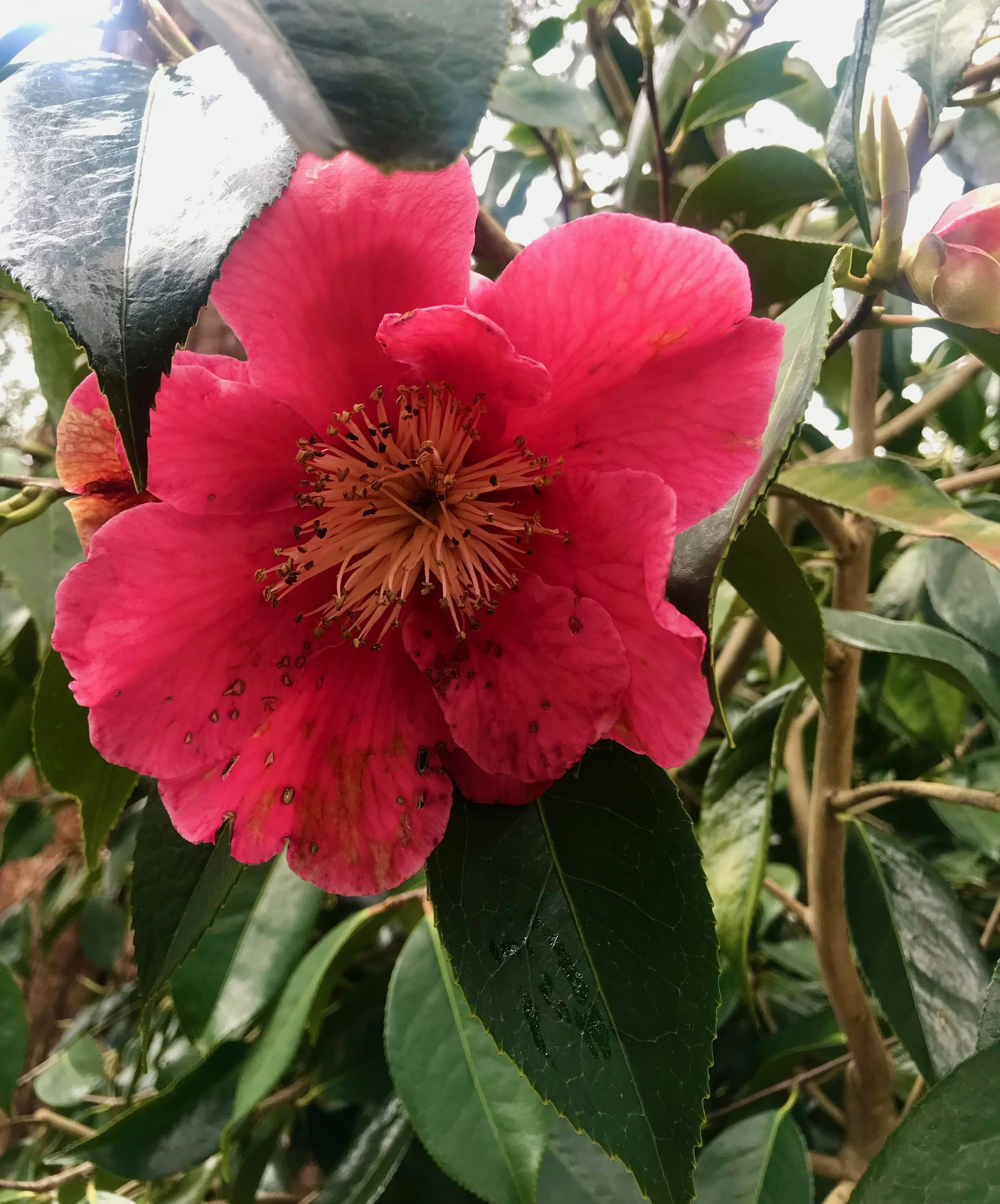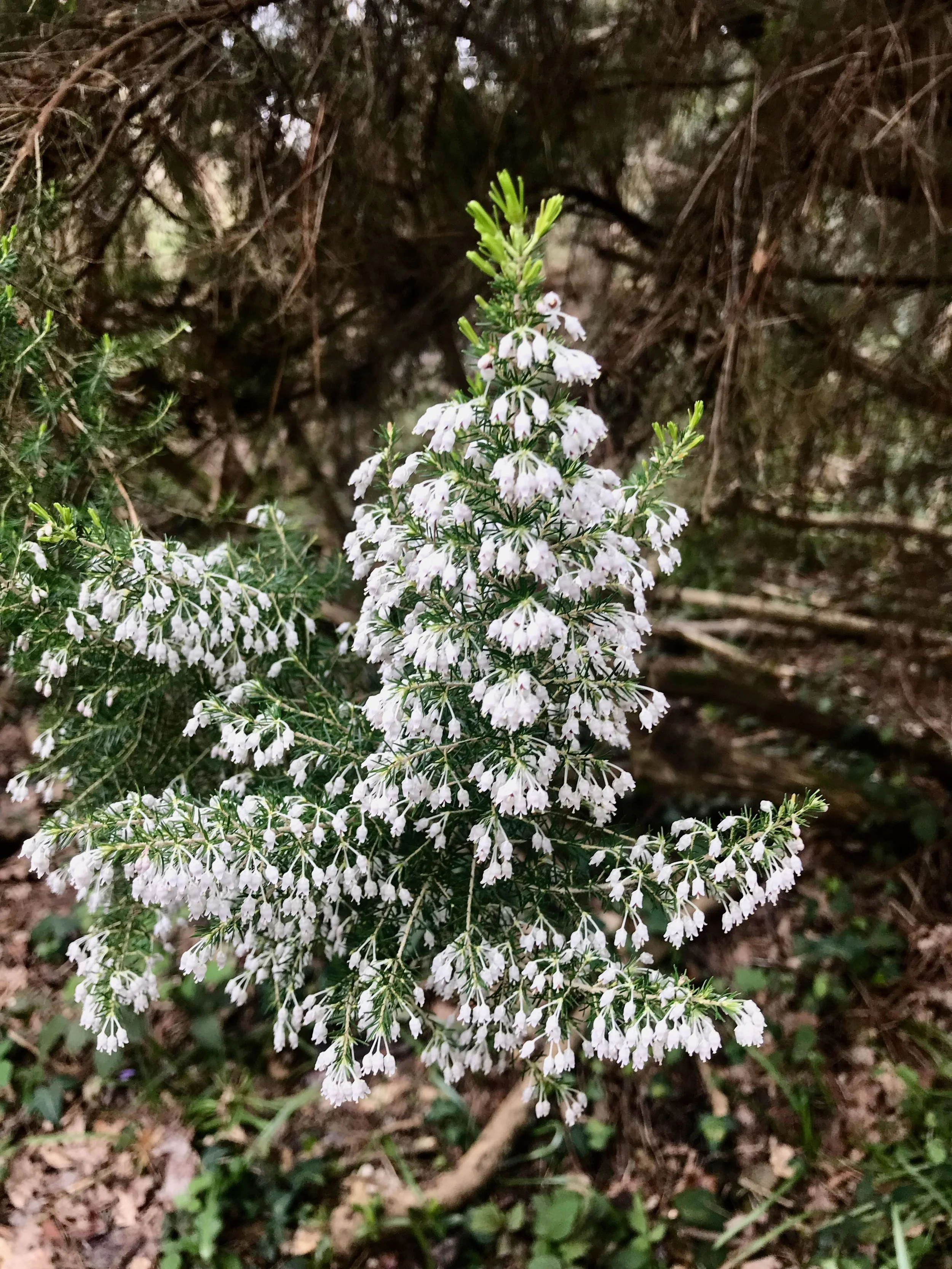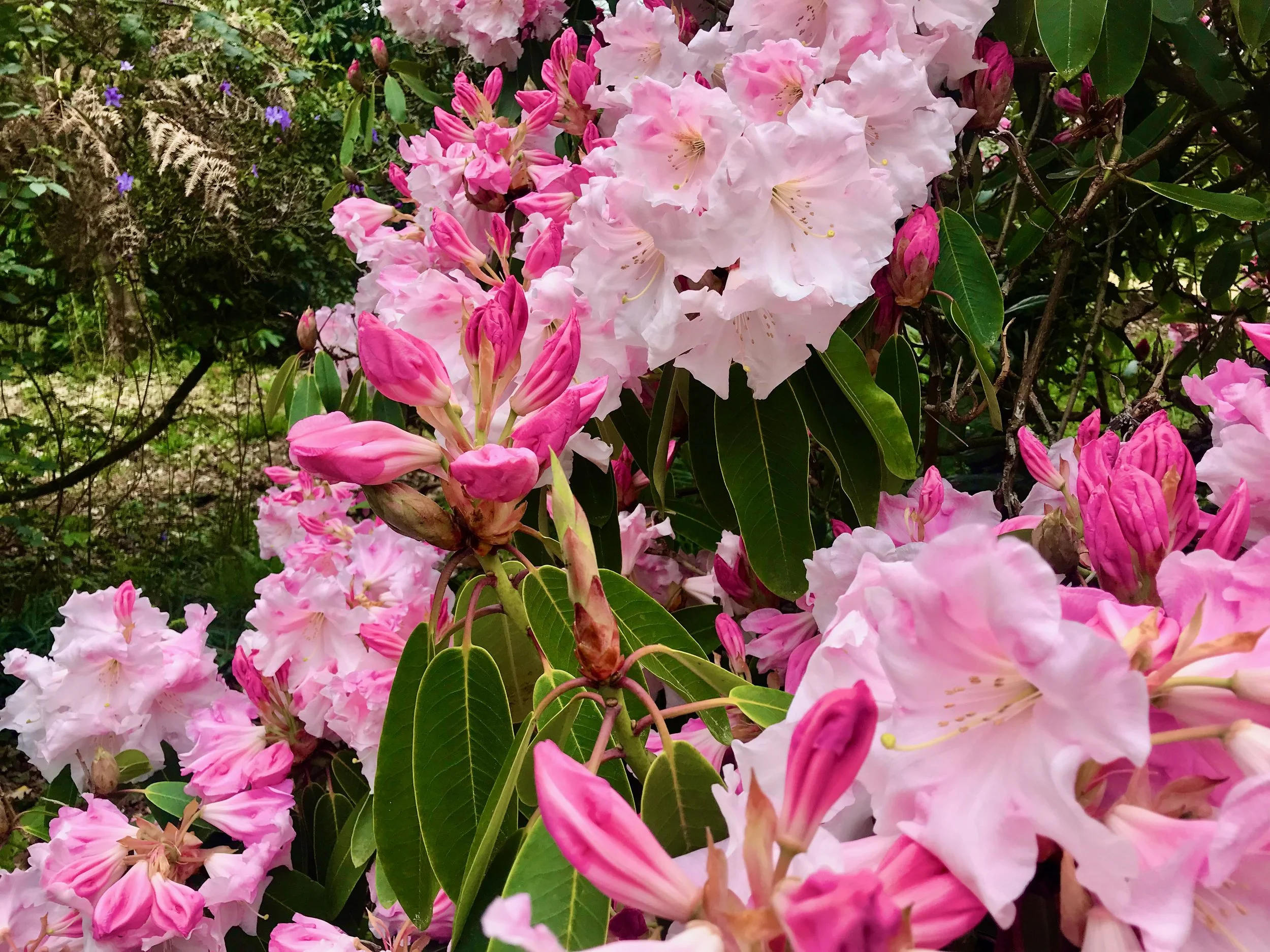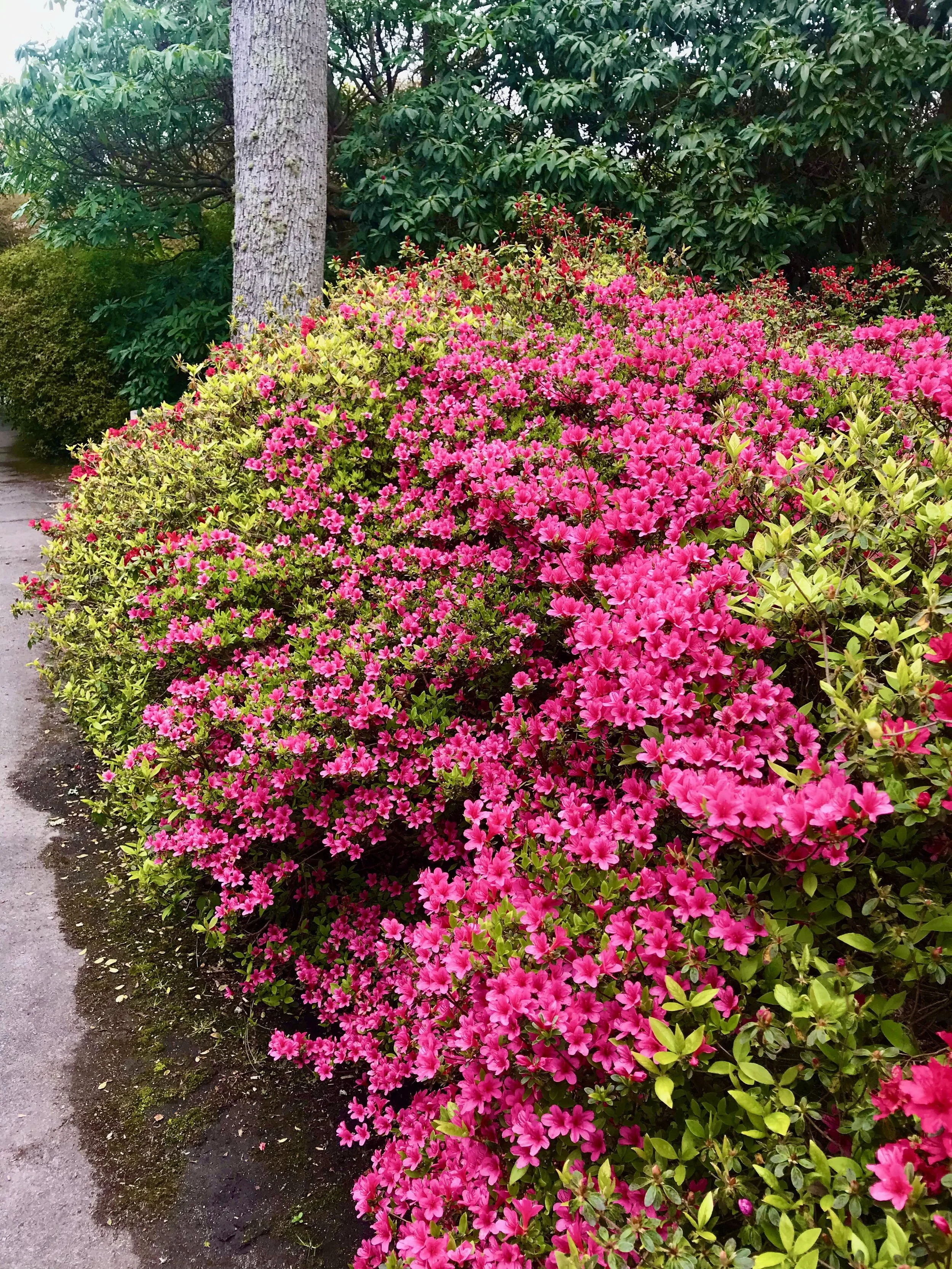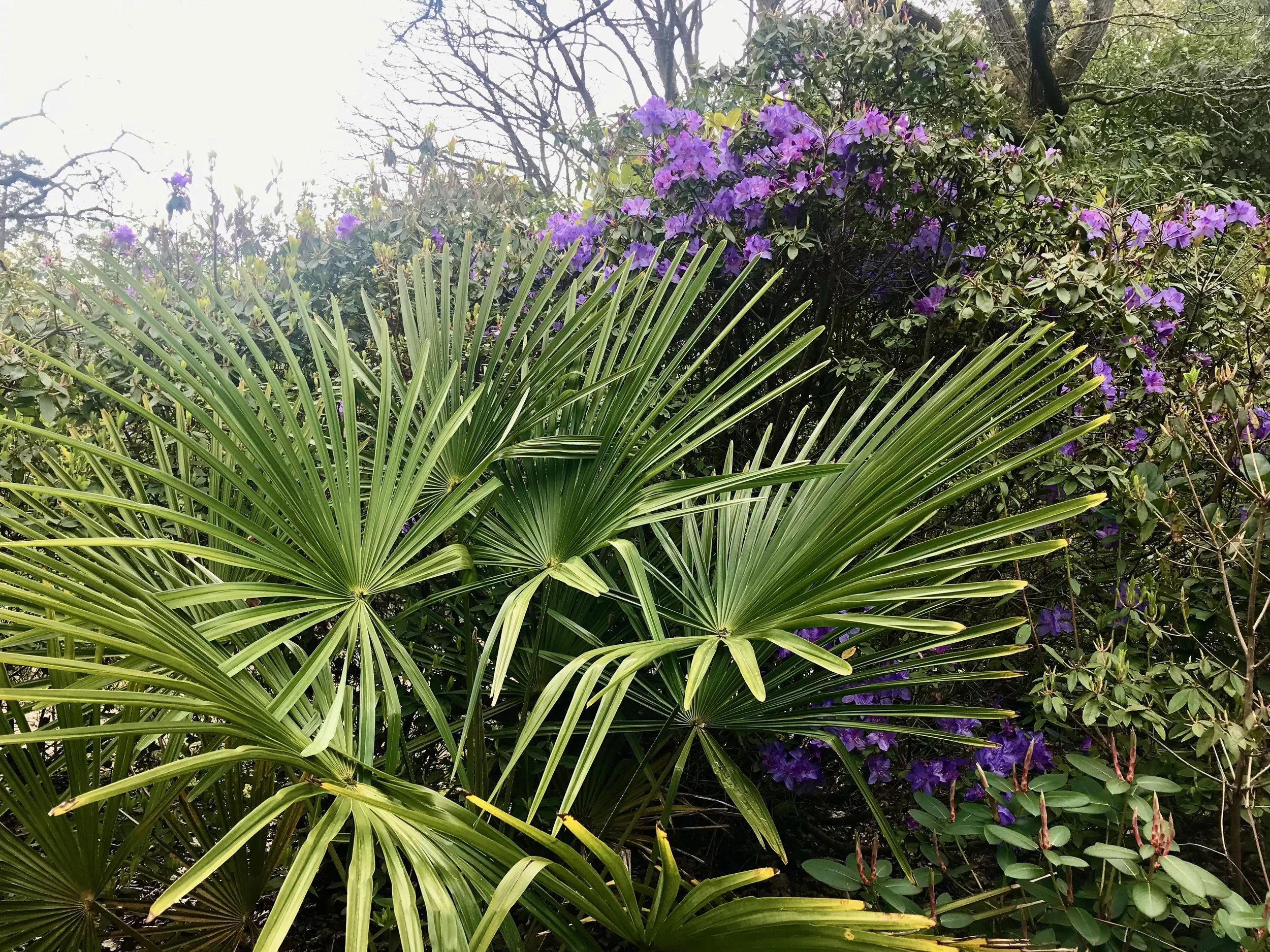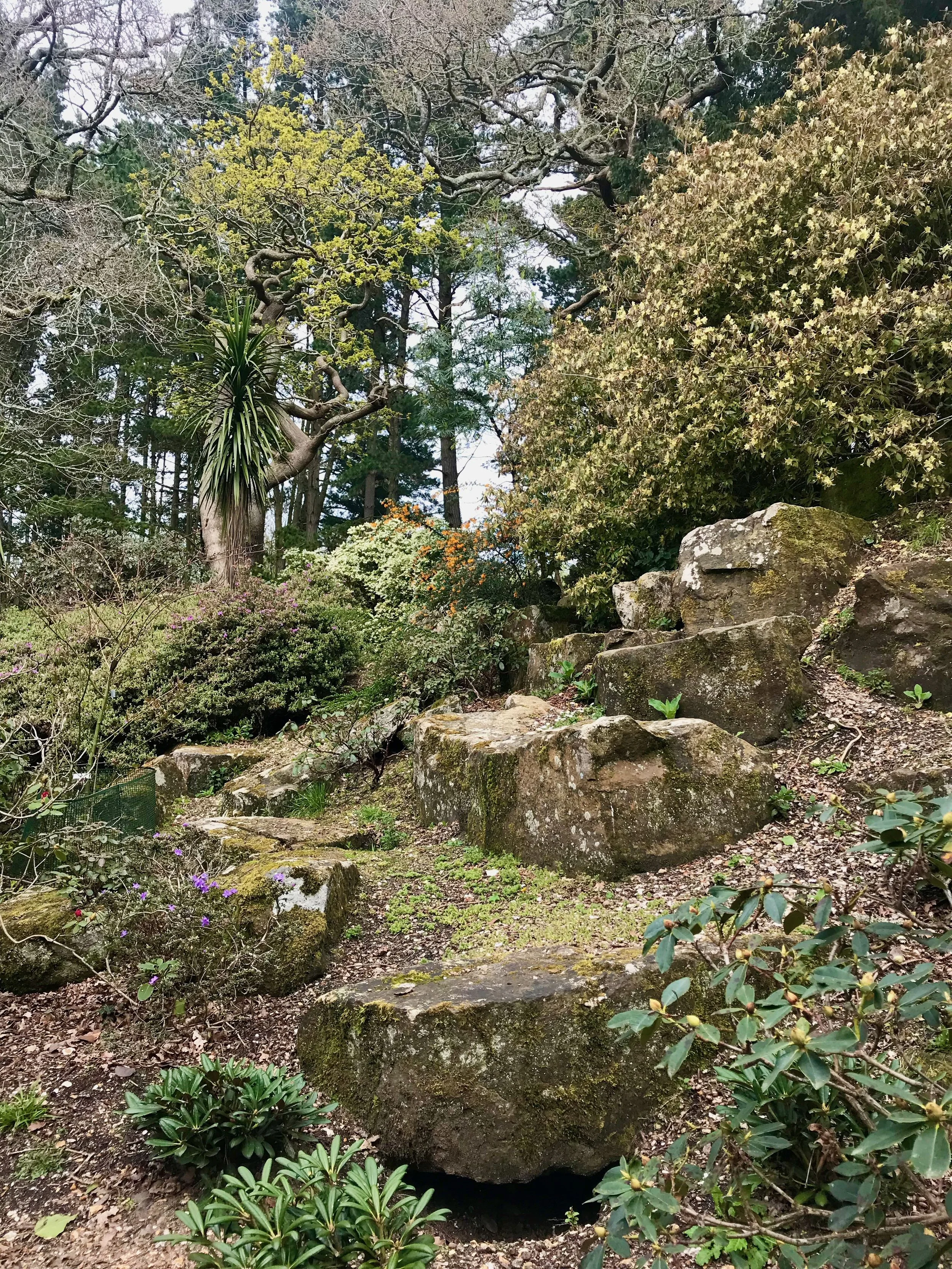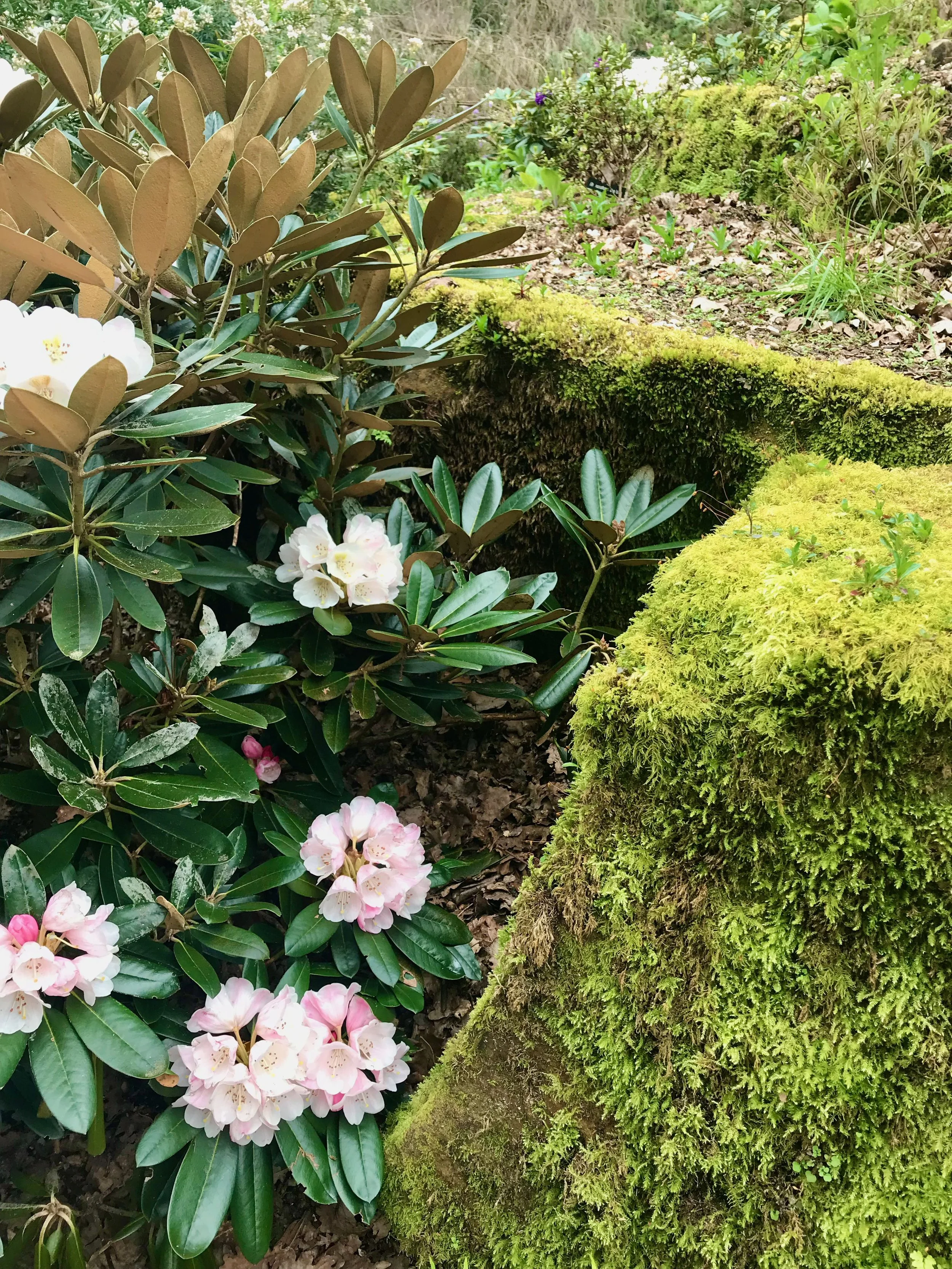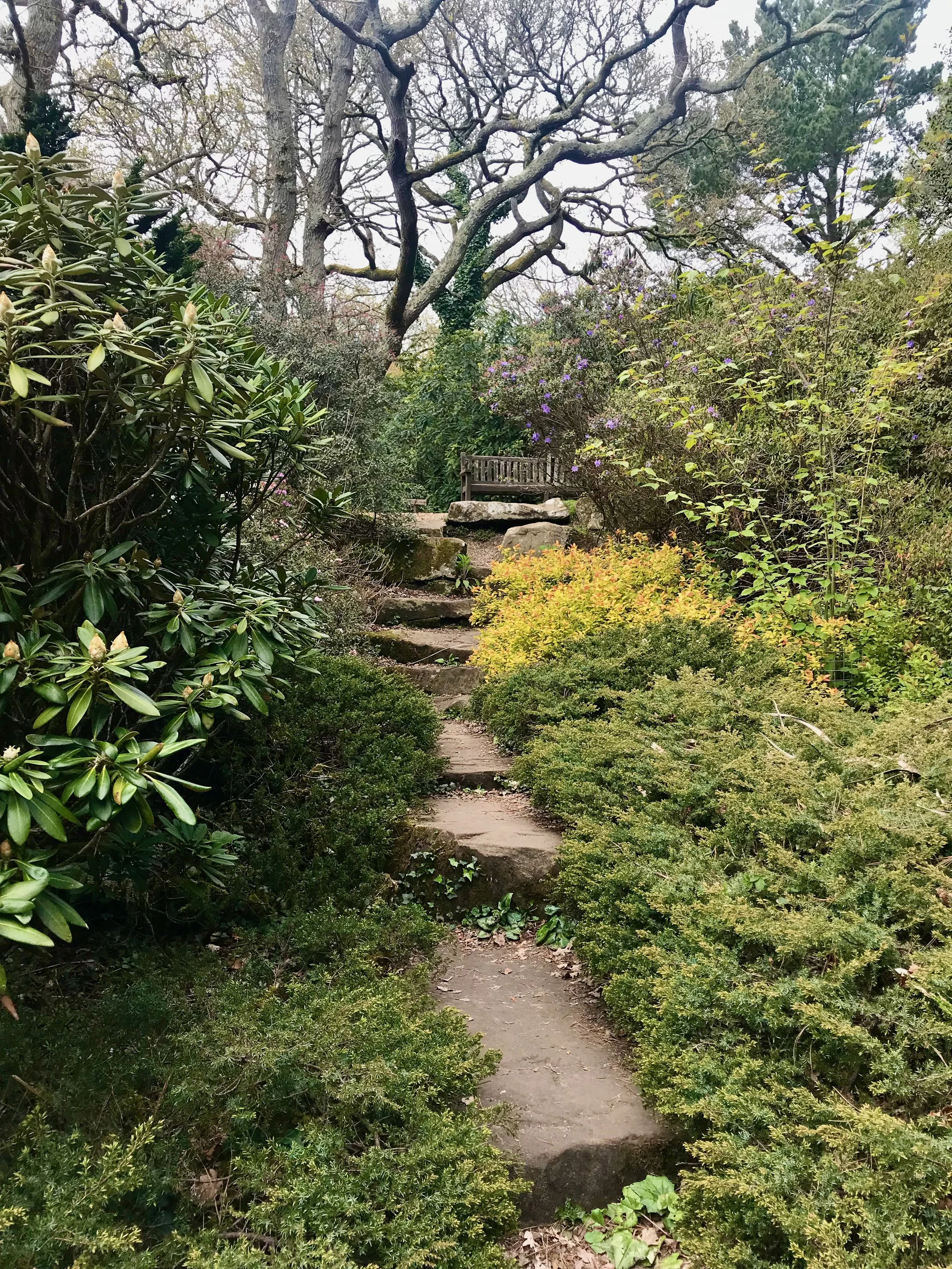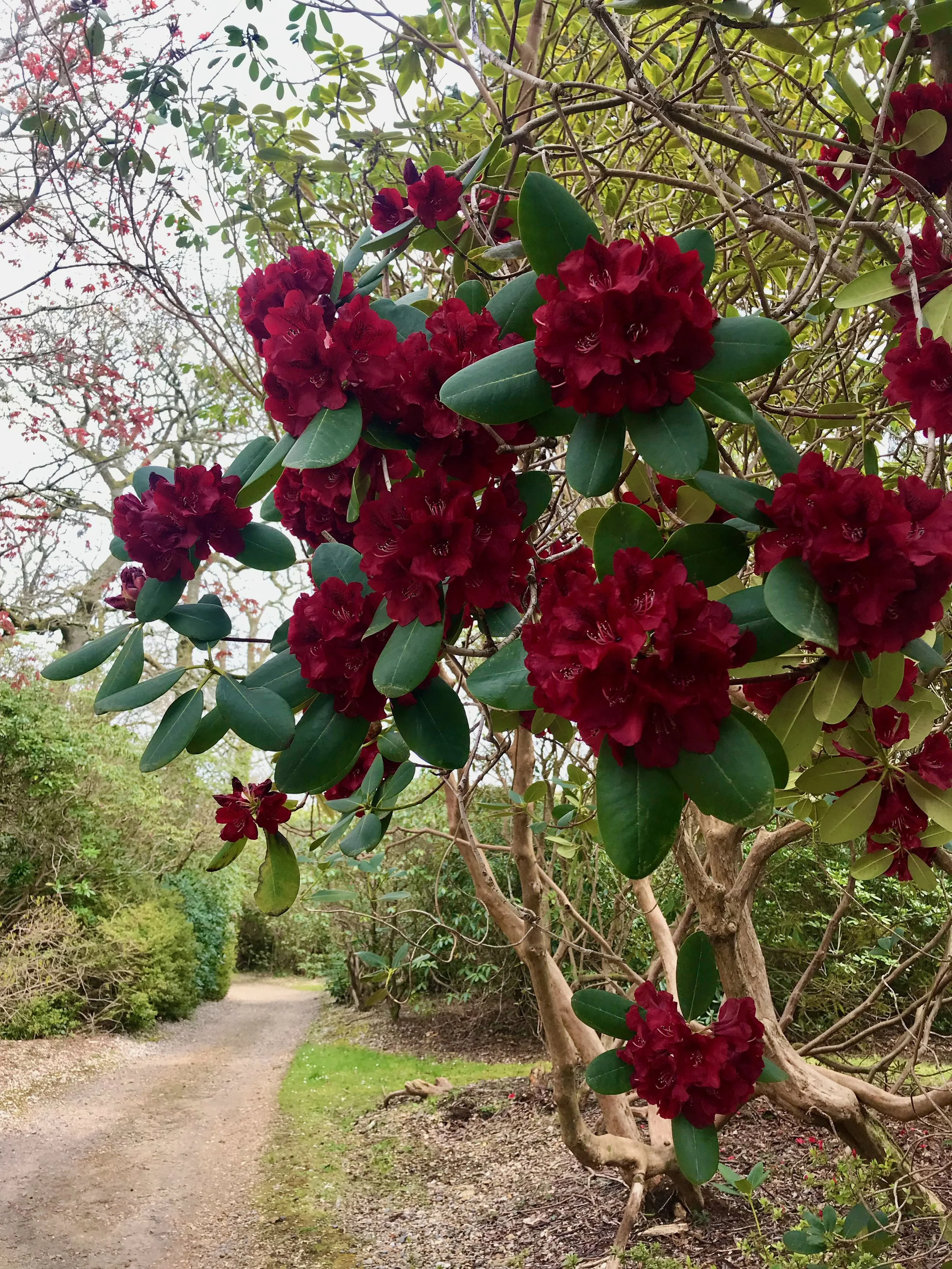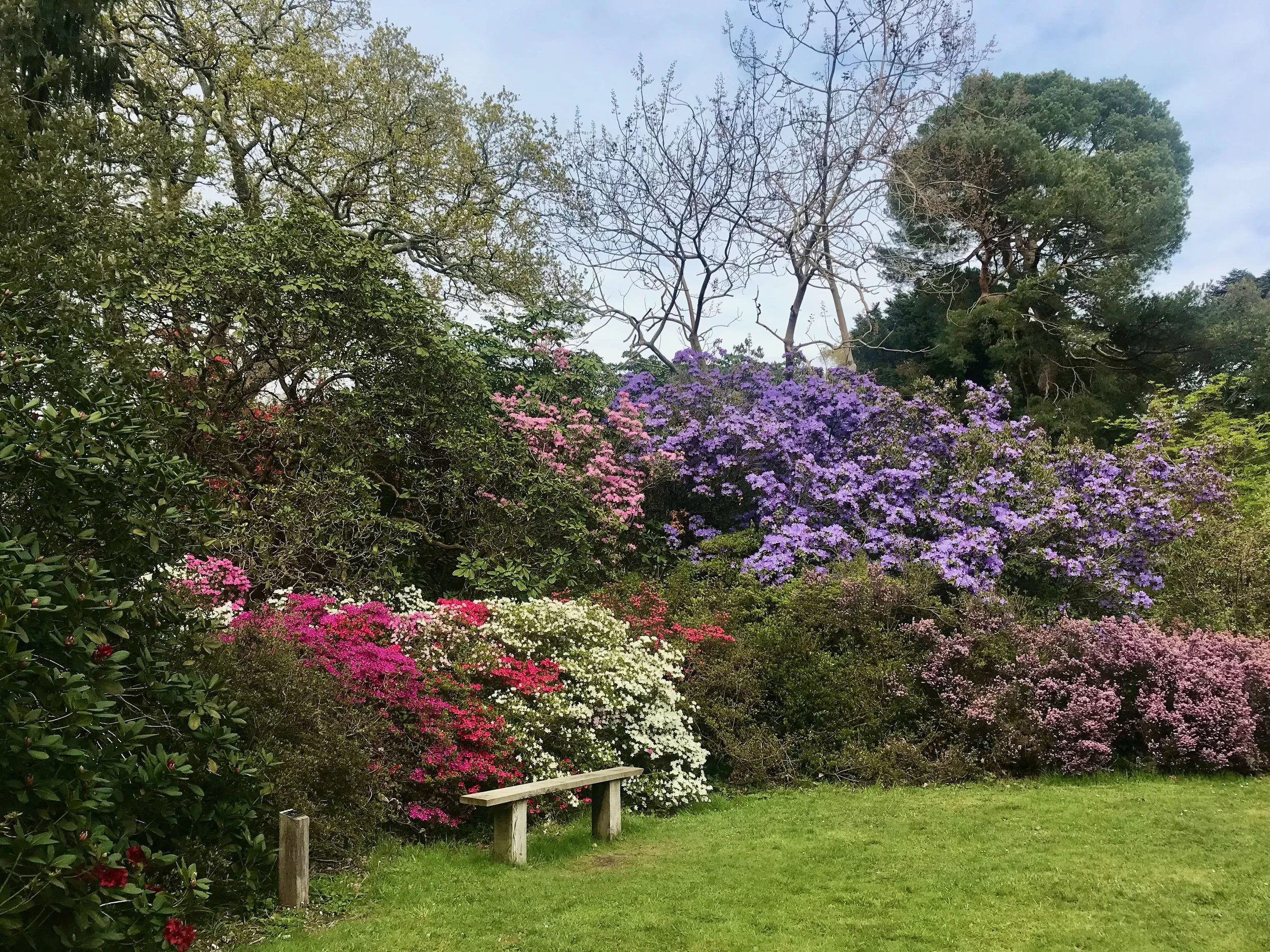* I was provided a pair of tickets to Exbury Gardens & Steam Railway and therefore are marking posts from my visit as 'Ad’ - as usual my views and opinions are very much my own.
We stopped off at Exbury Gardens on our way down to the New Forest, which for us in South London is about a two and a half hour journey, though the traffic app warns it could be anywhere up to four hours. We were lucky and had a really good, and uneventful trip down, which is just what you want really isn’t it?
It was our first time visiting Exbury, and we were keen to get out of the car to stretch our legs and to see for ourselves what was on offer.
Spoiler: I took lots of photos, way too many for a single post and so I’ll split these into more manageable chunks. And yes, I know that’s not much of a spoiler at all is it, it’s mostly the norm!
Exbury Gardens & Steam Railway, to give it its proper name, is as its name suggests in Exbury, Hampshire. It has 200 acres of informal woodlands and was created by Lionel de Rothschild in 1919 and still managed by the family today. It’s famous for its displays of rhododendrons, azaleas and camellias with large collections, which are not only plentiful but also full of colour.
I wasn’t disappointed.
There were pinks of every shade you could imagine - the one above caught my eye as it was so vibrant and solitary, looking almost ‘bird of paradise’ like, but it wasn’t the only one. There’s over 800 types of rhododendron (which comes from the Greek ‘rhodos’ meaning rose and ‘dendron’ meaning tree) which are spread around the globe.
Here at Exbury Lionel de Rothschild relied on nurserymen from around the world to send him interesting plants, one of which went on to become the most famous post-war species and parent or grandparent to a host of compact plants suitable for smaller gardens.
I’m never one to pass on a photo opportunity of some lichen, you know how much I liken the lichen - but this one’s a real beauty!
And just when you think it can’t get any better there’s bushes and bushes of azaleas too which are truly stunning, the colours even more vibrant than those of the camellias and the rhododendrons we’d already seen.
We’d spotted the Rock Garden from our trip on the train - perfectly named the Rhododendron Line - and as all rock gardens should, its entrance was marked with a rock.
Here the planting changed, but we weren’t totally without the rhododendrons. The two acre garden was created in the late 1920s but fell into disrepair as a result of the war becoming overgrown and neglected. It was restored and replanted with dwarf rhododendrons and conifers in the 1970s which reached maturity some thirty years later. As with every garden, there’s always work to be done and this garden is no different and is currently undergoing a programme of rejuvenation.
And with the different planting, as you’d expect the garden had a totally different feel. It was calmer, and more relaxing - though that may also have been down to the speed (or lack of) that we explored the space. There were paths leading up and down and around, which including using the large rocks to navigate through the space - nothing too strenuous, but so, so worth it.
Having explored the rock garden and marvelled at how such spaces are created we left to immerse ourself in the colour elsewhere in the garden. In future posts I’ll share more about our trip on the steam train, the trees throughout the garden and the sundial garden - but in the meantime I’ll leave you with the deepest crimson rhododendron, the most glorious coloured one I think I’ve ever seen, and a wall of azaleas which provides the perfect photo stop.
I’d heard good things about Exbury Gardens before our visit, and as I said at the start of this post, I wasn’t disappointed.
With thanks to Exbury Gardens & Steam Railway who provided a pair of tickets for entry. All views and opinions are very much my own.


